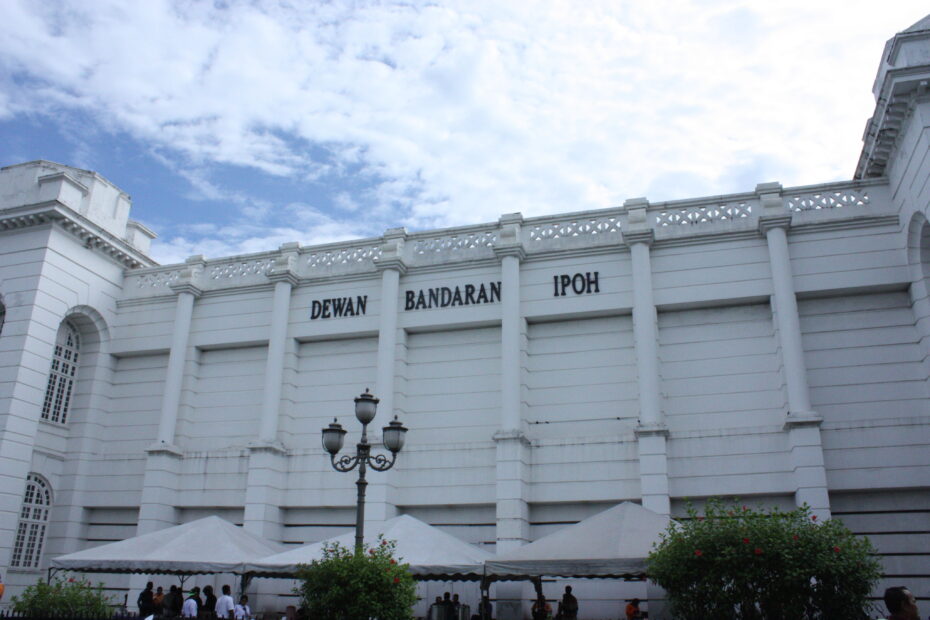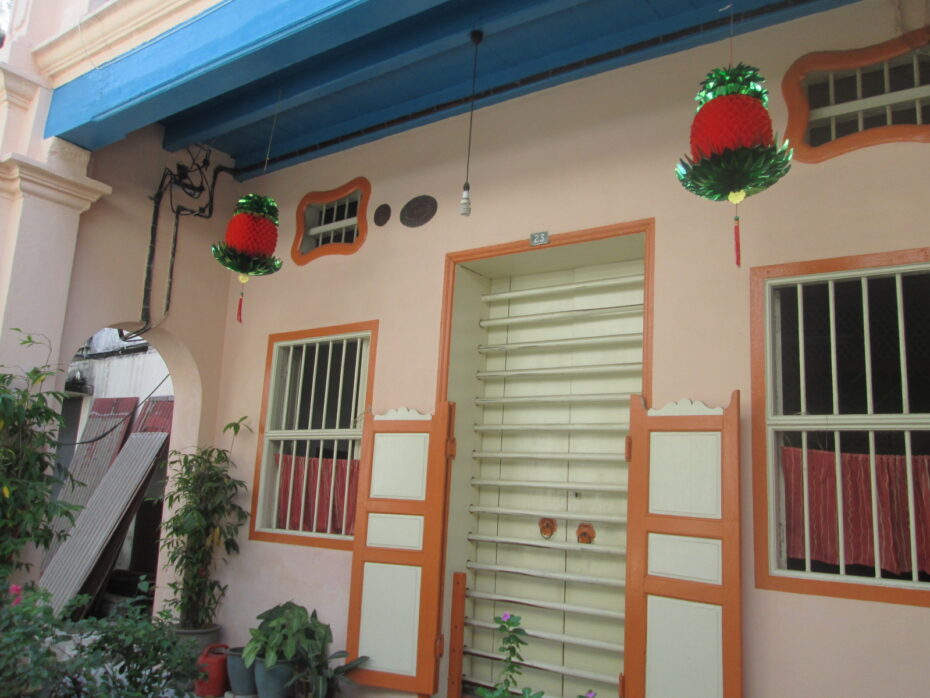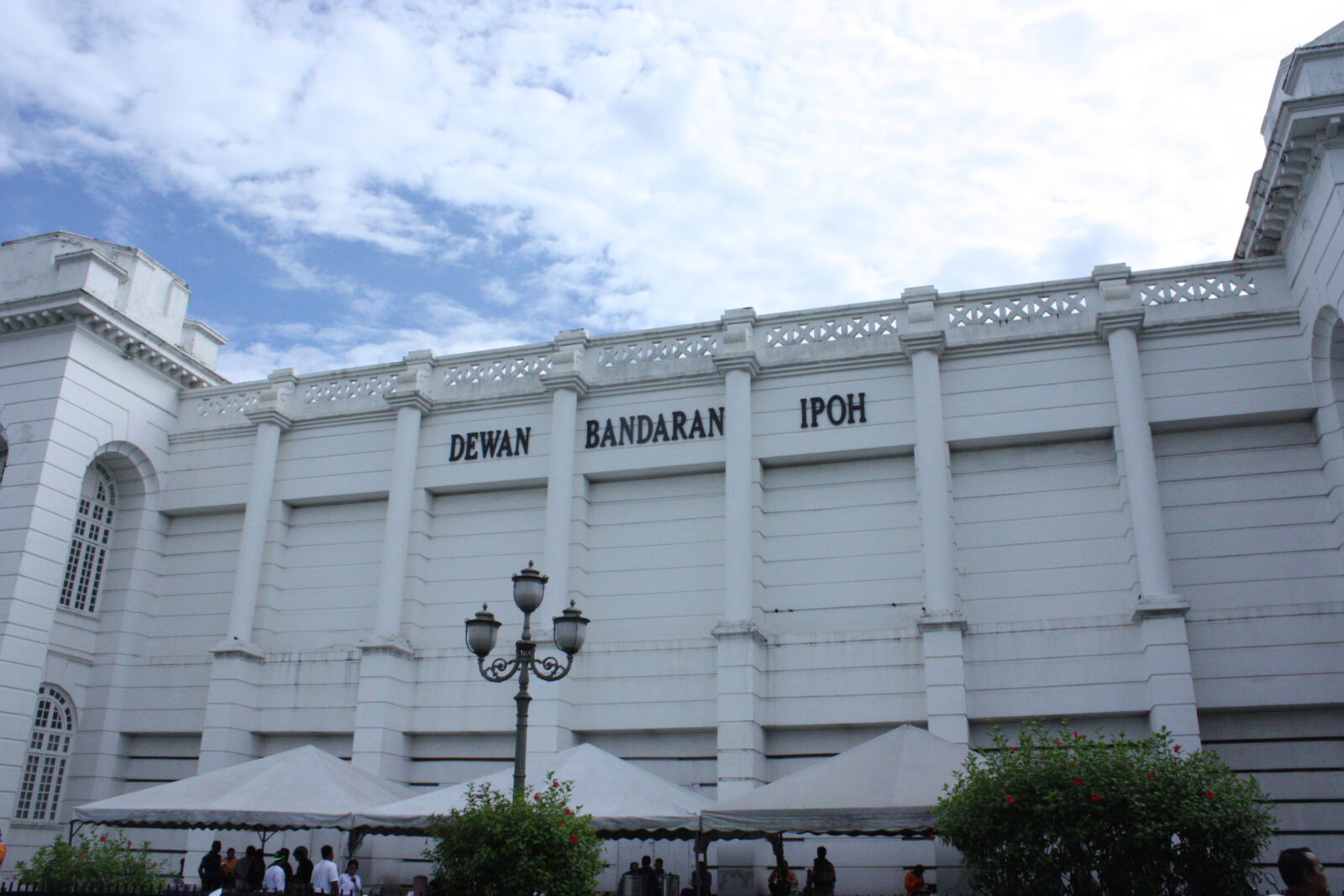IPOH is much bigger than you think,” said Perak Heritage Society founding member and president, Law Siak Hong, 63, as he brought the BRATs on a heritage trail through Ipoh city.
Perak’s capital is one of Malaysia’s most iconic tourism destinations. Dating back to the 17th century colonial era of Malaya, the heritage sites in Ipoh play host to an impressive number of historical buildings and prominent landmarks which are part of the heritage trail.
The Ipoh Town Hall, which is situated opposite the Ipoh Railway Station along Jalan Dato Maharajalela, was designed by colonial government architect A.B. Hubback. It is where all public meetings and events are held. Through the years, its hall has even been leased out for social events and cultural shows.

Iconic: Perak Heritage Society president Law Siak Hong sneaked the BRATs into the iconic Ipoh Town Hall, where we had a history lesson on the building’s gorgeous balcony overlooking the city’s former colonial administrative capital.
Another fascinating monument is the Birch Memorial Clock Tower, located opposite the Ipoh State Mosque. Both these heritage structures were built on table land, which reminded citizens then that religion dominated the society.
There’s also the Birch Tower, conspicuous along the heritage tour route. The structure is dedicated to Perak’s first British Resident J.W.W. Birch, who presided over the city during colonial rule. The four terracotta figures mounted on the tower represent the “Virtues of British Administration” – Loyalty, Justice, Patience and Fortitude.
Turn a few corners and it’s easy to find Ipoh Padang lying north of the clock tower. During the Japanese occupation, all government staff were forced to gather there every morning to sing the Japanese national anthem. These days, the field is used for carnivals and sports events like hockey and cricket.

There is history and heritage in the most unlikely places. According to Law, this structure is Malaysia’s first multi-storey car, built right next to the clock tower.
Another highlight of the walk is Lorong Panglima, commonly referred to as “Yi Lai Hong” (which means “Mistress Lane” in Cantonese). The street is a narrow alleyway lined with pre-war buildings, some of which are still occupied. A number of lots have been refurbished and converted into cafes and shops. Many of the abandoned buildings, however, have crumbled and collapsed over the years.
The houses along the lane were designed with the same architectural style, comprising the signature pair of butterfly-shaped windows, which provide the houses with natural ventilation. But the butterfly design also has a superstitious element, as the Chinese believe it symbolises how good things always come in pairs.

One of the many well-preserved heritage buildings on Ipoh’s ‘Mistress Lane’. The double butterfly-shaped windows are said to improve ventilation, so much so that air-conditioning doesn’t work as the cool air dissipates too quickly.
Fire insurance plates were embedded on the front of each house after a fire burnt down much of the lane when Ipoh was still under British rule. The cast iron plates were a simple solution to allow insurers to find evidence that the house was insured, as the plates would usually survive a fire.
Law revealed that a lot of restorative work has been undertaken by both government and non-government organisations to preserve the buildings along the heritage walk. He stressed the importance of maintaining the essence and authenticity of the architecture, saying: “By removing and rebuilding, you are taking away the identity of the town.”






Leave a reply